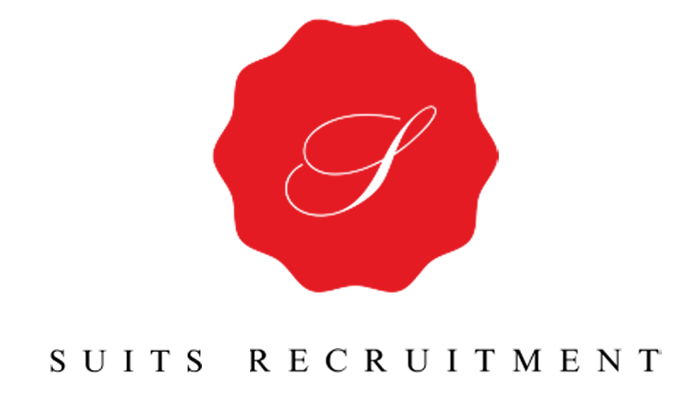









SR Insider — Building a Diverse Talent Pipeline 🌐
In today’s fast-changing business landscape, diversity isn’t just a buzzword—it’s a strategic imperative. Organizations with diverse workforces report
19% higher innovation revenue and
35% better financial returns compared to their less-diverse peers. Yet many employers struggle to attract and retain talent from underrepresented groups. At Suits Recruitment, we believe that a
proactive, inclusive pipeline is the foundation for sustainable growth and fresh ideas.
In our latest SR Insider, we pair an AI-generated video with actionable guidance on
four key strategies:
sourcing widely,
nurturing relationships,
removing bias, and understanding
why diversity matters. Read on to learn how to build a talent pipeline that fuels innovation and engagement.

1. Why Diversity Matters
Diverse teams bring a variety of perspectives that spark creativity and problem-solving. When employees feel represented, engagement soars—driving:
- Greater innovation: A 2023 study found diverse teams generate 30% more new products.
- Stronger engagement: Inclusive cultures reduce turnover by up to 50%, saving time and recruiting costs.
By valuing diverse voices, you unlock insights that propel your organization forward.
2. Source Widely
Building a diverse pipeline starts with expanding your candidate sources beyond traditional job boards:
- Partner with community groups: Collaborate with cultural associations, veteran networks, and disability advocates to reach untapped talent.
- Engage universities & trade schools: Offer workshops, hackathons, and guest lectures at minority-serving institutions to introduce students early to your brand.
- Attend niche career fairs: Look for events focused on women in tech, LGBTQ+ professionals, or neurodiverse talent.
Tip: Track sourcing metrics by channel to see which partnerships yield the strongest, most diverse candidates.
3. Nurture Relationships
A pipeline isn’t built overnight—invest in ongoing engagement to convert prospects into applicants:
- Targeted outreach campaigns: Segment your CRM to send personalized emails or SMS messages based on candidate interests and backgrounds.
- Mentorship programs: Pair early-career talent from underrepresented groups with senior leaders for coaching, networking, and career advice.
- Community events: Host webinars, panel discussions, or virtual coffee chats that address topics like career progression, overcoming bias, and skill development.
Tip: Use marketing automation to maintain regular touchpoints without overwhelming your team.
4. Remove Bias
Even the most well-intentioned recruiters can introduce unconscious bias. Mitigate it with structured processes:
- Blind screening: Redact names, schools, and other identifiers from résumés so assessors focus on skills and experience.
- Standardized interviews: Use consistent question sets and scoring rubrics to compare candidates objectively.
- Diverse interview panels: Ensure at least one panel member represents a different gender, ethnicity, or background than the majority.
Tip: Periodically audit your assessment data for disparities in pass rates or scoring trends, then adjust as needed.
Watch & Learn
Our AI-generated video brings these strategies to life in under 20 seconds—from animated globes and avatars to clear iconography for each step. Watch it on our Instagram and Facebook channels!
🔗
Follow our blog posts for more → [www.suitsrecruitment.com/blog]
💬
Question: Which sourcing strategy will you try first? Share your plan in the comments below!
#SRInsider #DiversityHiring #TalentPipeline #InclusiveRecruitment #SuitsRecruitment
By: Joy Khaylin Ugokwe











